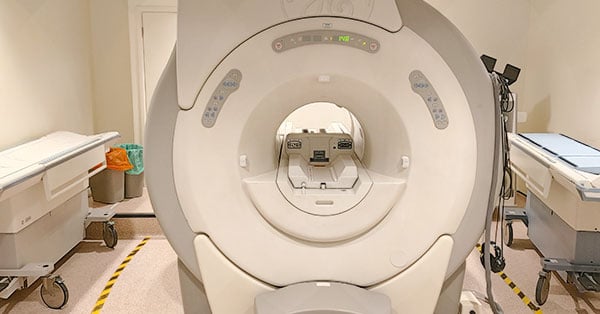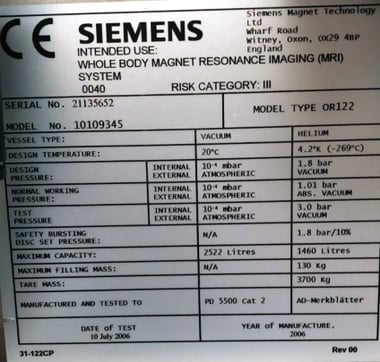
A reliable MRI machine is a cornerstone modality for many hospitals and imaging centers.
With new technology advancements every year, your facility may consider an upgrade to ensure optimal patient care.
But keeping up with recent advances in technology isn't always easy on your budget. The good news is, the reliable, used MRI machine that's already sitting in your facility may still hold significant value.
So, how do you go about selling your used MRI scanner? And how do you ensure you're getting the most out of selling your system?
Below we'll cover key information to have handy when approaching a prospective buyer about your used MRI machine that will help offset the cost and clear the way.
General System Specs
When documenting your system's features, you'll want to compile a written spec sheet. In addition to a list of the functional details, you'll also want lots of photos to confirm the contents of the list and show the overall condition of your system.
Shots of the scanner, injector, and workstations are crucial. Take photos of ancillary items like test phantoms, manuals, and software disks.
Finally, be sure to get screenshots of the operator’s console showing the system's current software level.
Coils
Make a complete list and take photos of all the coils you have for your system, noting the channels they are capable of scanning (i.e. 16-ch, neurovascular).
Gradients
Buyers will also need to know the capabilities of your scanner's gradient package to have a better understanding of the image clarity they'll be able to expect.
The slew rate is the most important stat they'll need to see.
The best place to look for this information is in your scanner's manual. Slew rates are expressed in militesla per meter per second. (ie, 33mT/m 125mT/m/ms)
Software Packages
If your scanner has any non-standard software options/packages installed, such as neuro perfusion, cardiac, prostate, or breast imaging, be sure to list them and include a screenshot of your enabled options.
Features like these make excellent selling points. Multiple shots may be necessary as lists can be several screens long.
Asset Tags
Photos of the factory tags showing the date of manufacture, make, model, and system serial number are a must. For many systems, these can be found on the cabinets inside the electronics room, or on the operator's console.
Here's an example from a Siemens magnet:

Availability and Removal
You should also share the date your system will be available for removal with potential buyers.
Whoever your eventual buyer is will appreciate having as much time as possible to coordinate logistics with engineers, truckers, and the next facility your MRI scanner will call home.
You'll want a firm date yourself to coordinate with the provider who will be installing your replacement and minimize downtime during the change.
Prospects will also want to see the path of egress for removing your magnet. Hallways, corners, structures that might impede trucking, etc. Some creative rigging may be necessary.


The Takeaway
The process of putting your used MRI scanner on the market really comes down to one simple rule:
The more details you can provide, the more likely you'll be to get an accurate valuation and a seamless project.
If you're just testing the waters, Block Imaging is ready to help!

Steve Rentz
Steve Rentz is the Product Manager for MRI Scanners at Block Imaging. Steve's goal is to earn each customer's trust and business by specifically addressing the needs of their unique project. When Steve is not helping customers with their MRI needs, he enjoys running, swimming, and woodworking.




